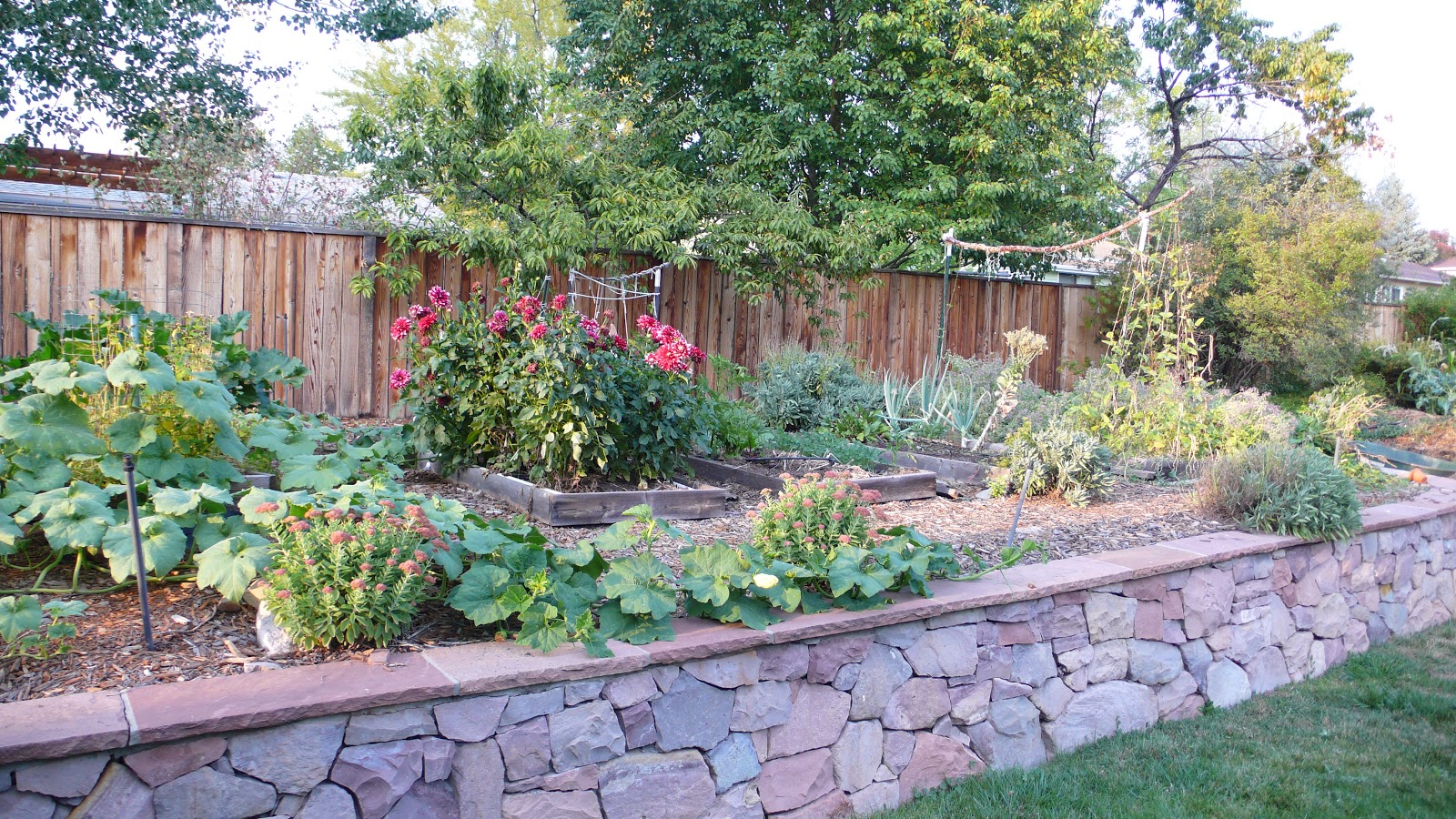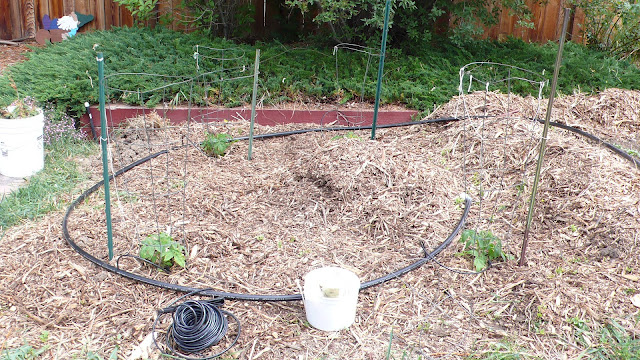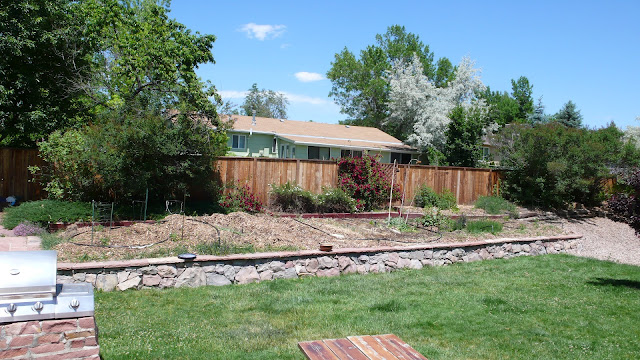This year has been a banner year for fruit trees in Colorado. All along the Front Range (Eastern Slope of the Colorado Rockies) fruit trees have had bumper crops. The last frost in Colorado this year was April 16th, that's almost a month earlier than normal.
National Weather Service
Growing fruit here is dubious. Warm spring weather is often precede the last freezes. It is very common for most, if not all, fruit blossoms to be frozen off during their pollination phase. Because the abundance of fruit this year, I decided to make cider. I got the apples from a friend. Luckily Ben, his wife, and two daughters all helped pick apples from their three trees. We don't know what variety they are because the trees were planted by a previous owner.
Here is what I started with:
The procedure to juice these is: wash, cut in half to look for any rot on the inside, grind, then press. The three trees had different types of apples. The majority of the apples came from a red apple tree. Ben says that tree is the best yielder because it blooms latest.These were the best apples in terms of number of good apples. The apples from the other two trees both less numerous because of earlier ripening, prior picking, falling, wildlife attack and also had the biggest incidence of mold in the core.
 |
| Apple cleaning/cutting |
|
I poured a 5 gallon bucket of apples into my large brewing pot and rinsed with the garden hose. Pick from the pot cut in half. Good ones go to the bucket on the table, bad ones in the bucket between my legs.
 |
| Apple grinder |
|
|
|
 |
| Grinder teeth |
I ground a few bucket's worth holding the grinder on the bucket with one knee and body bent over the hopper, before I got smart and clamped the grinder to my bench.
I could fit about 6-7 gallons of ground apples in the press at a time. Each pressing yielded a couple of quarts of cider and compressed about 50% from a full load.
Above is the first pressing, into an 8 quart pot. The press would have worked much better if I had it bolted down. It took quite some work to do the pressing as this press required adding wooden "cribbing" under the ratcheting mechanism. This proved difficult because the cribbing would tend to rotate and bridge to the outside of the press's slats preventing further tightness/pressing. Once the wooden blocks were below the top surface of the press they worked well. This required running the press in for some distance then reversing directions, to allow extra wooden cribbing to be installed, then retightening and repeating several times until the apple pulp was fully compressed.
 |
| Ratcheting press with cribbing |
You can see the cribbing in the lower left touching the press's slats. The slats are chamfered to help center the cribbing, but it takes a lot more cranking force to over come the friction from this. My rental press was also showing signs of use in that the ratchet handle did not thread into the casting as it was intended and the removable / reversible prawls were deformed from use and would bind or cause the press to loosen instead of tighten.
Emptying the press after each pressing was easy. The ratchet was loosened until the screw could be hand loosened and then the press housing separated. The pressed apple-cake sprang back a little and then was just transferred into a bucket to be moved into the compost pile.
I pressed from approximately 10am till 5 pm and got about 4 gallons of cider. I heated the cider to 170F to pasteurize it then let it cool. It was less than 100F at bed time so I poured it into a sterilized glass carboy, added 4 pounds of dextrose and a couple of packets of champagne yeast. The specific gravity was 1.086, this is used with the after fermenting specific gravity to calculate the amount of alcohol in the cider. I let it further cool overnight then moved the carboy into the crawlspace to finish fermenting.
 |
| 6 gallon glass carboy with frothing yeast on cider |
























































